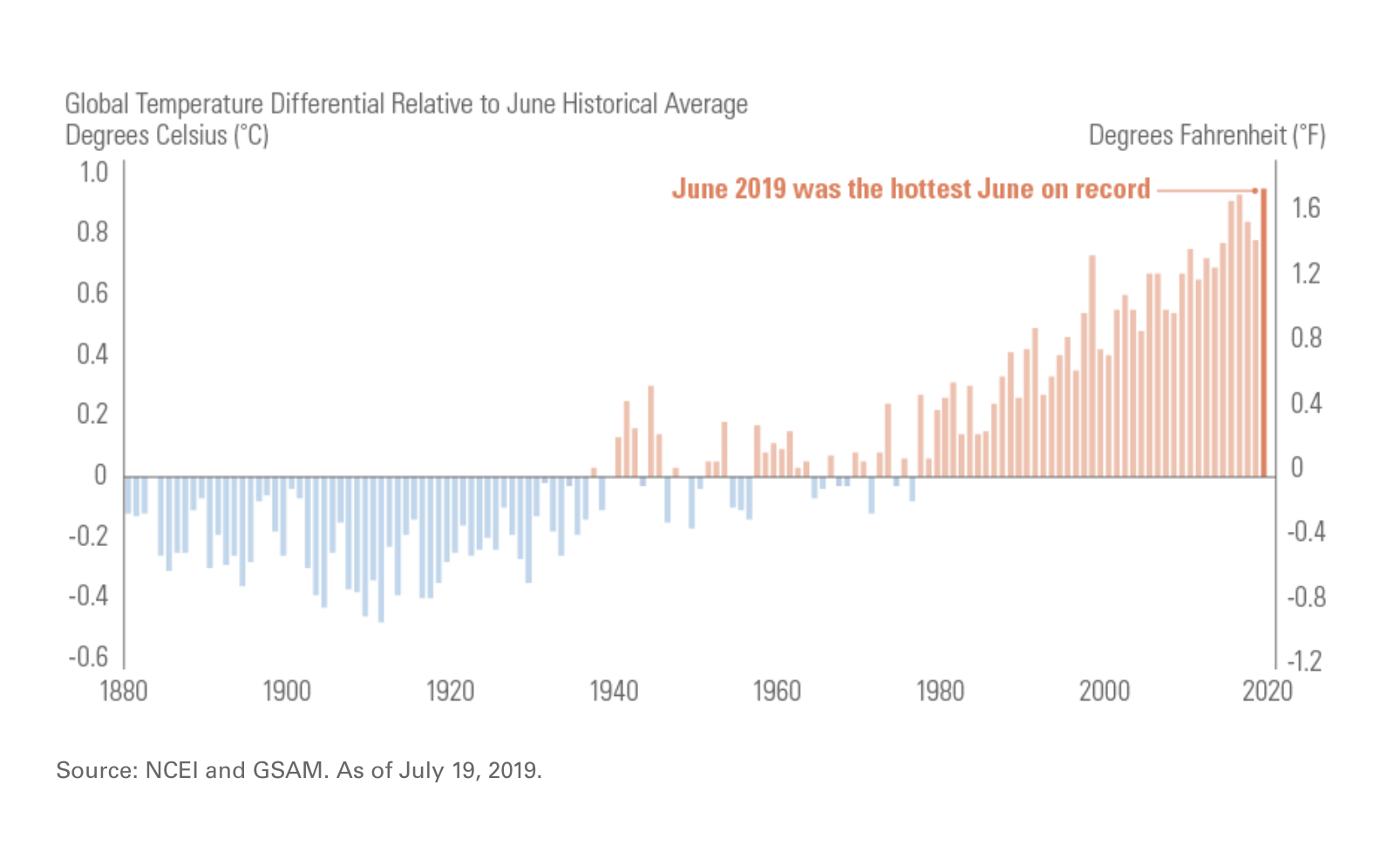
The Center’s own Matt Trujillo has added chess champion to his list of accomplishments! Client Service Manager Gerri Harmer recently sat down with Matt to talk about his road to victory at the Michigan Bottom Half Class Championships.
Gerri Harmer: Congratulations on your recent victory! Let me ask you some clarifying questions so the folks at home know what this is all about! First, can you tell us a little bit more about the tournament you just played in and how the championship is decided?
Matt Trujillo: Sure I would be happy to. The tournament is held annually in Lansing, Michigan and is divided into five sections or classes. The lowest section is either for people without a rating (brand new to tournament chess) or a rating lower than 900, and then each section after that is 200 points higher than the previous section.
Gerri Harmer: So were you in the section with the beginners?
Matt Trujillo: No, my section was Class A, which is for players rated between 1800 – 1999. This is considered the top class, so it was definitely stiff competition.
Gerri Harmer: Wow that does sound like some pretty stiff competition. So was it just bragging rights or did you win anything to go with your title?
Matt Trujillo: There is no money in chess unless you are ranked in the top 10 in the world. At my level, it’s a few hundred dollars and a big trophy, but what really motivates me is the bragging rights. It’s a game of strategy and tactics, and I want to be the best.
A ‘Swiss style’ tournament
Gerri Harmer: What was the tournament format like? Was it round robin style, where everyone plays everyone, or a bracket format?
Matt Trujillo: It’s actually neither of those. The way these tournaments work is called a “Swiss Style” tournament. In round one, your section is divided by your rating coming into the tournament. So if there is 50 people in the section, the highest rated player will be paired against the 26th rated player and the 2nd highest rated player will be paired against the 27th highest rated player, and so on and so forth. After round one, winners play winners and losers play losers.
Gerri Harmer: So how many games do you have to win to be crowned the champion?
Matt Trujillo: Every win you get is worth one point, a loss is worth zero points, and a tie (draw) is worth half a point. I finished the event with three wins, two draws, and zero losses, which means I had four total points out of a possible five.
Gerri Harmer: So if you keep winning every round, do you play against someone else that won every round as well?
Matt Trujillo: Yes, that is exactly right. There was a total of five rounds, and going into the fifth round, I had two wins and two draws for a total of three points; however, my opponent had three wins and one draw, so he was actually in first place going into the final round.
Gerri Harmer: Wow! So if you had lost or got a draw, what place would you have taken?
Matt Trujillo: If I had drawn I would have taken 3rd, and if I had lost, I wouldn’t even have had a spot in the winner’s circle. It was truly a must-win situation going into the final round.
Sticking to his game
Gerri Harmer: Did you change your strategy at all given that it was a must-win?
Matt Trujillo: No, I didn’t. Some players will do that and play a more aggressive style when they know they have to win, but I prefer just to stick to my game. I play a certain style that I know really well, and I have found through past experience that if I deviate from that, it usually doesn’t end well!
Gerri Harmer: Good idea to stick to your guns! Did the game last a long time since there was so much on the line?
Matt Trujillo: Every game of the tournament lasted a long time, and the final round was no different. Every game I played was right around four hours long.
Gerri Harmer: Four hours long? I don’t know if I could sit still for that long! So when is your next tournament?
Matt Trujillo: Ya, it definitely takes a high level of patience and mental discipline to compete at this level! Good question about my next tournament…I’m not really sure. I was planning on playing in the Michigan Open on August 30th, but that is labor day weekend, and Diane and the kids want to go up north, so that tournament is off the table! I might play in a few small, one-day tournaments, but the next big one will probably be in January 2020.
Gerri Harmer: Well congratulations again on this accomplishment, and best of luck to you in January!
Gerri Harmer is a Client Service Manager at Center for Financial Planning, Inc.® She specializes in client service, event planning, and marketing.
















